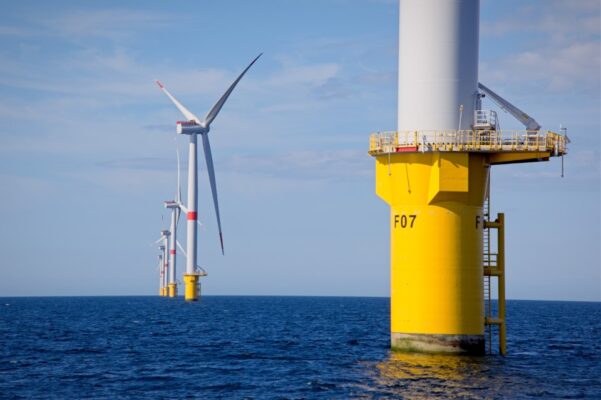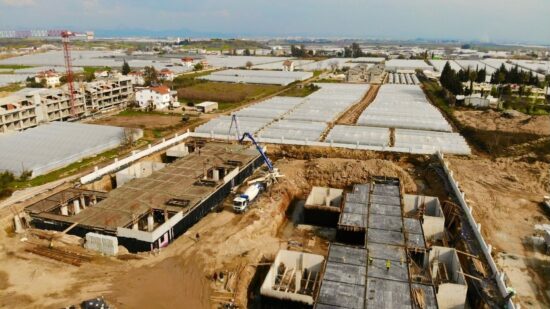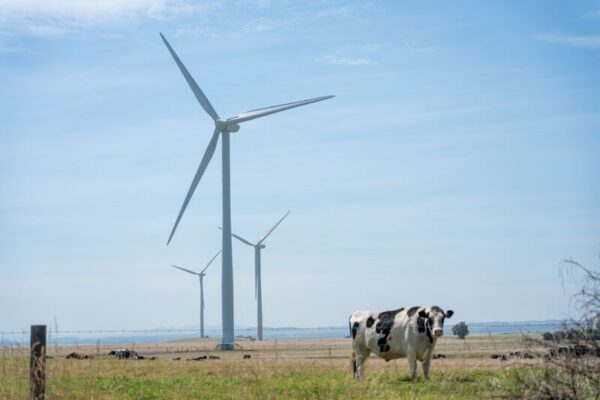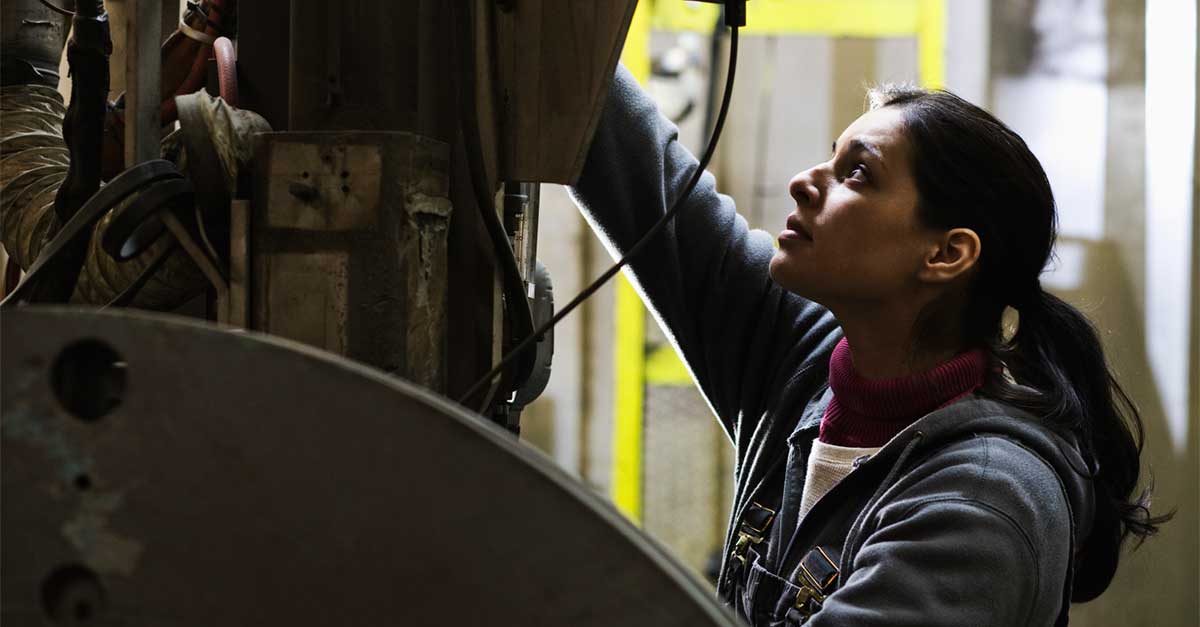PV-thermal energy with heat pumps, aquifer thermal storage in buildings
Researchers in the Netherlands have simulated a residential energy system combining PV, solar thermal, and PV-thermal panels with aquifer thermal energy storage and a heat pump, achieving a seasonal coefficient of performance of seven across five buildings.
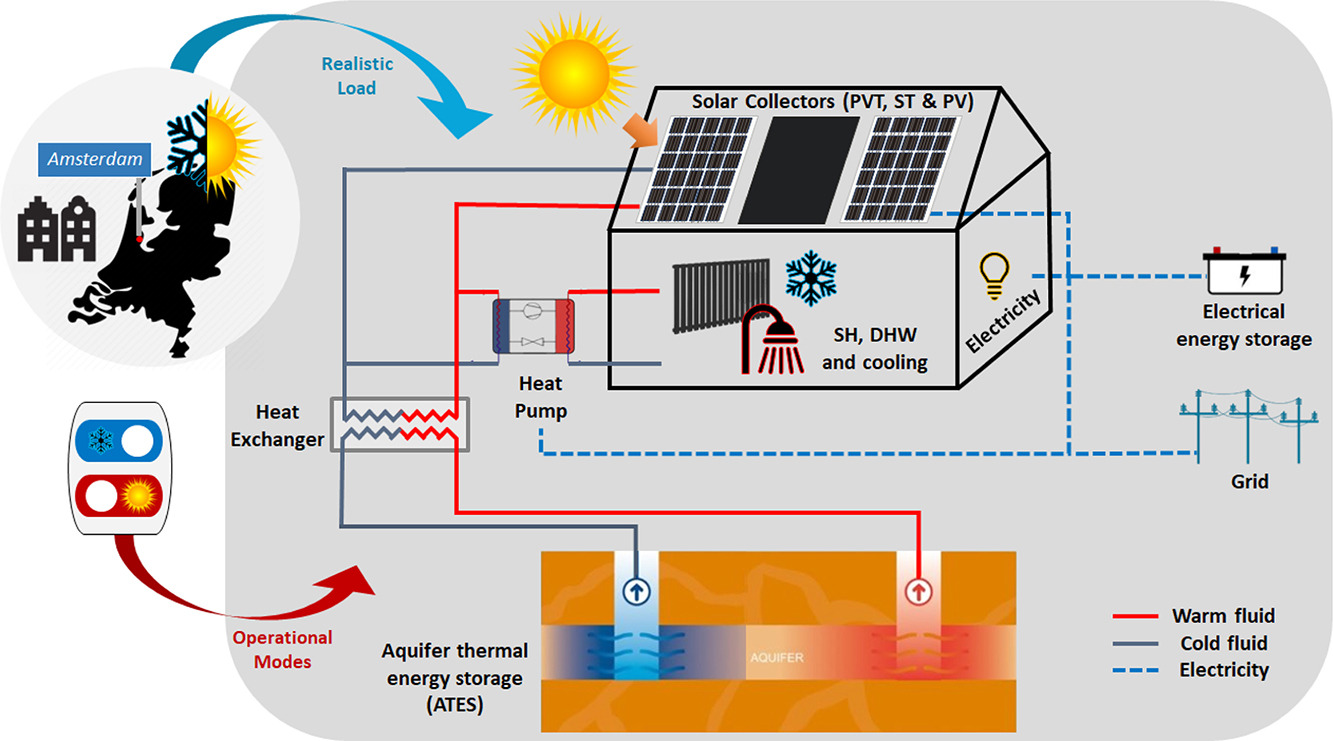
Researchers in the Netherlands have simulated a residential energy system combining PV, solar thermal, and PV-thermal panels with aquifer thermal energy storage and a heat pump, achieving a seasonal coefficient of performance of seven across five buildings.
A group of researchers from Delft University of Technology in the Netherlands investigated a hybrid system combining various types of solar collectors with heat pumps and storage devices. The team simulated the system in five Amsterdam buildings, considering different operational modes based on climate conditions and building characteristics.
“In this study, a modeling methodology is presented for evaluating the performance of a hybrid system integrating different types of solar collectors, namely PV, glazed flat plate solar thermal (ST), and unglazed photovoltaic-thermal (PVT) collectors to harvest solar energy,” the group said. “Further, the system is integrated with a seasonal storage that is an aquifer thermal energy storage (ATES) system, a heat exchanger, and a heat pump (HP) to provide heating, including space heating (SH), domestic hot water (DHW), as well as cooling.”
The PV module uses crystalline silicon (c-Si) with an efficiency of about 20%. It has a simulated area of 2 square meters, and it is oriented to the south with a tilt angle of 31 degrees. The ST and PVT panels also measure 2 square meters and are oriented to the south with a tilt angle of 31 degrees. The ATES has one cold aquifer and one warm aquifer, and together with the HP, it facilitates the exchange of thermal energy. The HP is simulated to work with R-134a (tetrafluoroethane) refrigerant.
The system was simulated with MATLAB software. The PV modules generated electricity for the power pump and the HP, while the thermal modules produced warm water for domestic use. The ATES system uses the subsurface thermal energy to provide both heating and cooling for buildings through a process of seasonal thermal energy storage and extraction.
In the proposed system configuration, the HP takes heat from a low-temperature heat source, such as solar collector output or the ground aquifer, and transfers it to a higher temperature to provide SH or DHW. In the cooling mode, the HP can reverse its operation, removing heat from the indoor environment to achieve cooling.
“A heat exchanger facilitates the transfer of thermal energy between two fluids, enabling efficient heating, cooling, or heat recovery. Circulation pumps circulate the fluids within the system, ensuring a continuous flow through the collector and facilitating efficient heat transfer between the collector and the heat transfer fluid,” said the academics.
Image: Delft University of Technology, Solar Energy, CC BY 4.0
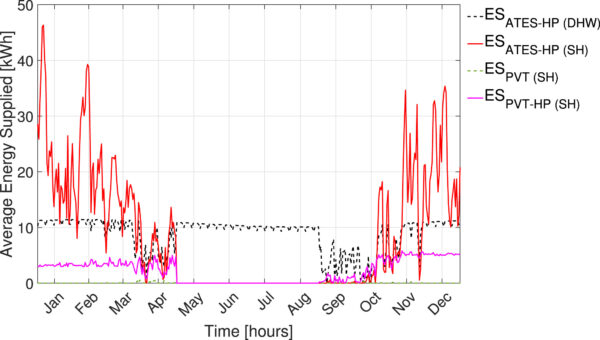
The system has five operational modes that utilize its different components. In solar heating and underground storage mode (Mode I), the SH and DHW are heated directly by the solar collectors, with surplus heat stored in the aquifer. The heat pump (HP) heating mode (Mode II) integrates the output of solar collectors with a HP. Mode III, the HP storage mode, uses a HP in conjunction with ATES for heating. Cooling mode (Mode IV) uses the HP to extract heat from the building while cold water from the aquifer provides effective cooling. In DHW heating mode (Mode V), ATES and a HP work together to heat domestic hot water. Each mode is triggered based on time of day and season.
The five simulated Amsterdam buildings were randomly selected from a dataset of residential buildings. Building B5 has a roof area of 134 square meters, building B21 has 158 square meters, and building B25 has 142 square meters.
Building O3 has a smaller roof area of 69 square meters, while building W96 has the largest roof area at 163 square meters. Building W96 has three floors, building B21 has five, and the other three buildings have four floors each. One year of operation was simulated for each building.
“Unglazed PVT collectors achieve a 7.7% higher electrical output than standalone PV modules by reducing cell temperature through heat extraction, simultaneously delivering usable thermal energy,” the researchers said. “Glazed ST collectors achieve about 70% higher thermal performance than unglazed PVT collectors due to better heat retention and lower losses. Considering the Dutch climate, glazed ST consistently exceeds 50 C, while PVT collectors peak at 40 C.”
The analysis showed that solar collectors combined with heat pumps for space heating achieve an average COP of five, while seasonal storage with heat pumps reaches about seven, due to higher input temperatures. A PV/ST system with floor heating achieves a COP of 6.09, compared to five for radiator heating with PVT panels, due to lower temperature requirements.
The results also showed that Mode III meets most of the heating demand, while Mode I, although contributing less, plays a crucial role by storing heat in the warm aquifer during the summer.
They presented their findings in “Performance evaluation of solar heat systems integrated with seasonal heat storage across varied operating modes for building applications: The case of Netherlands,” which was recently published in Solar Energy.
What's Your Reaction?












